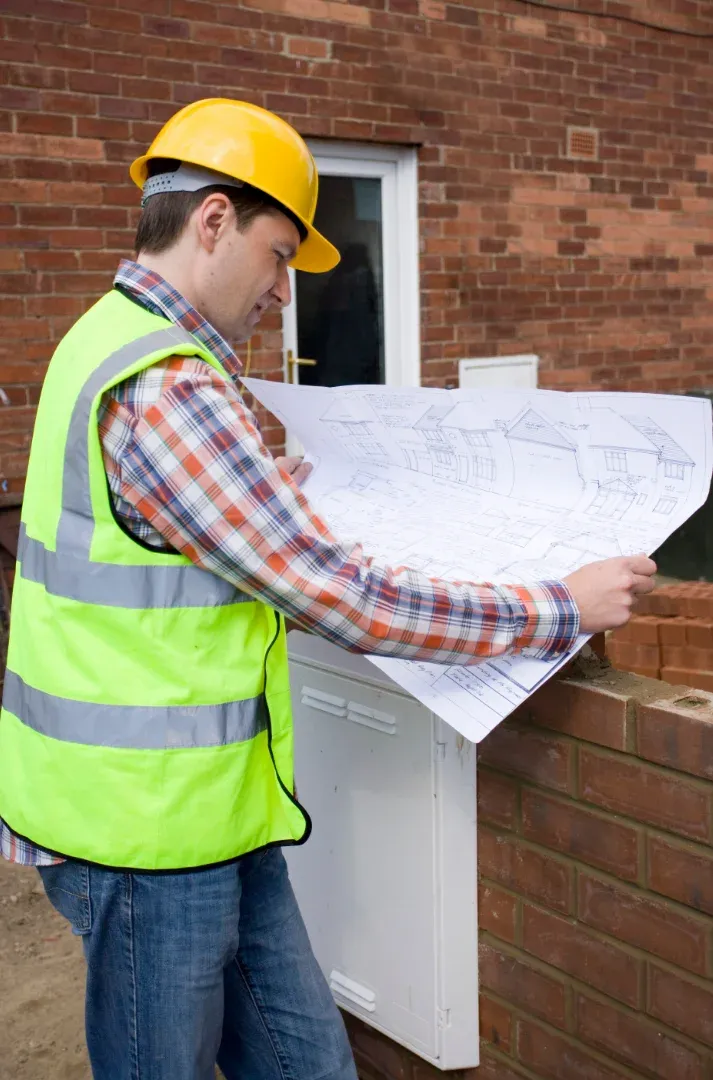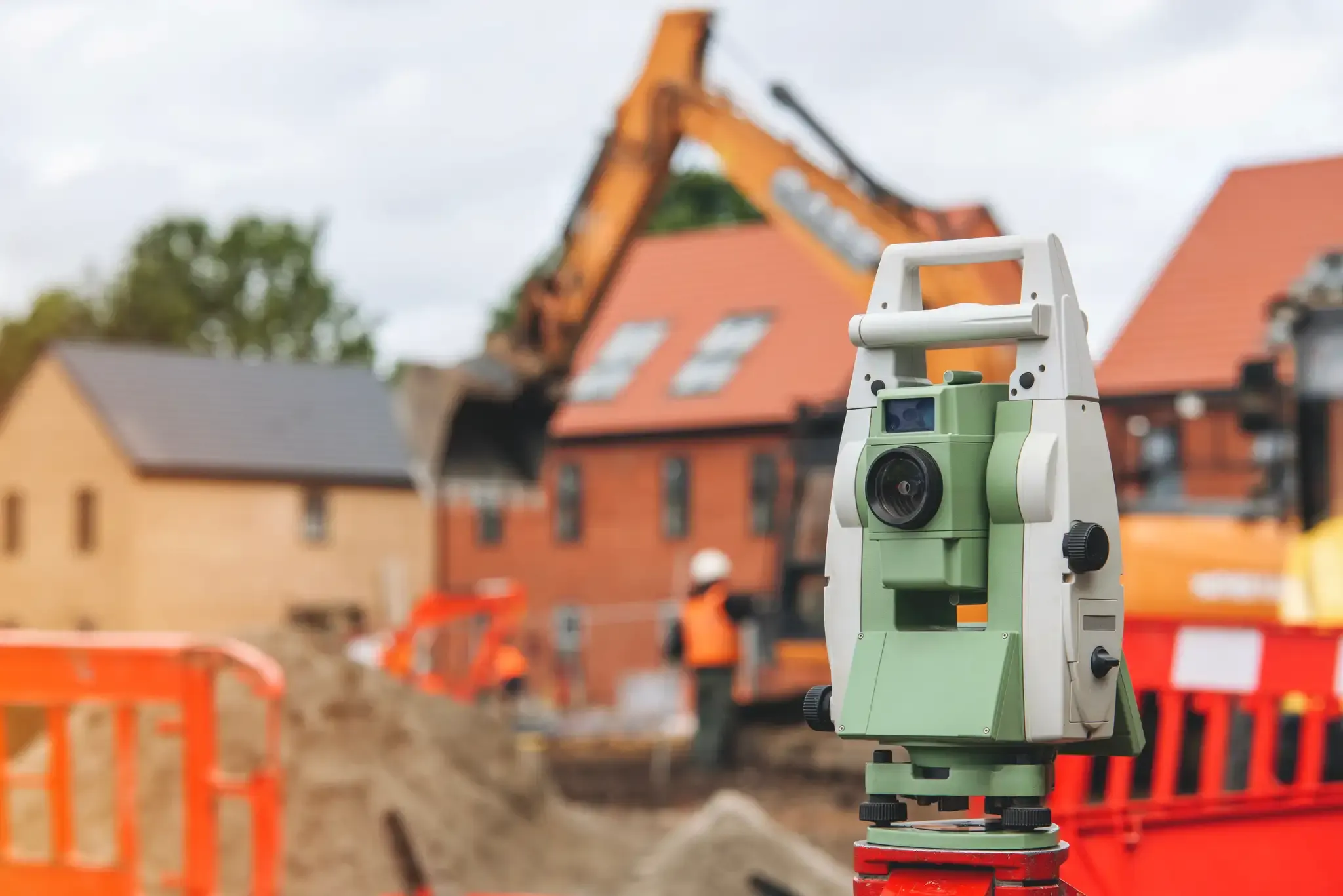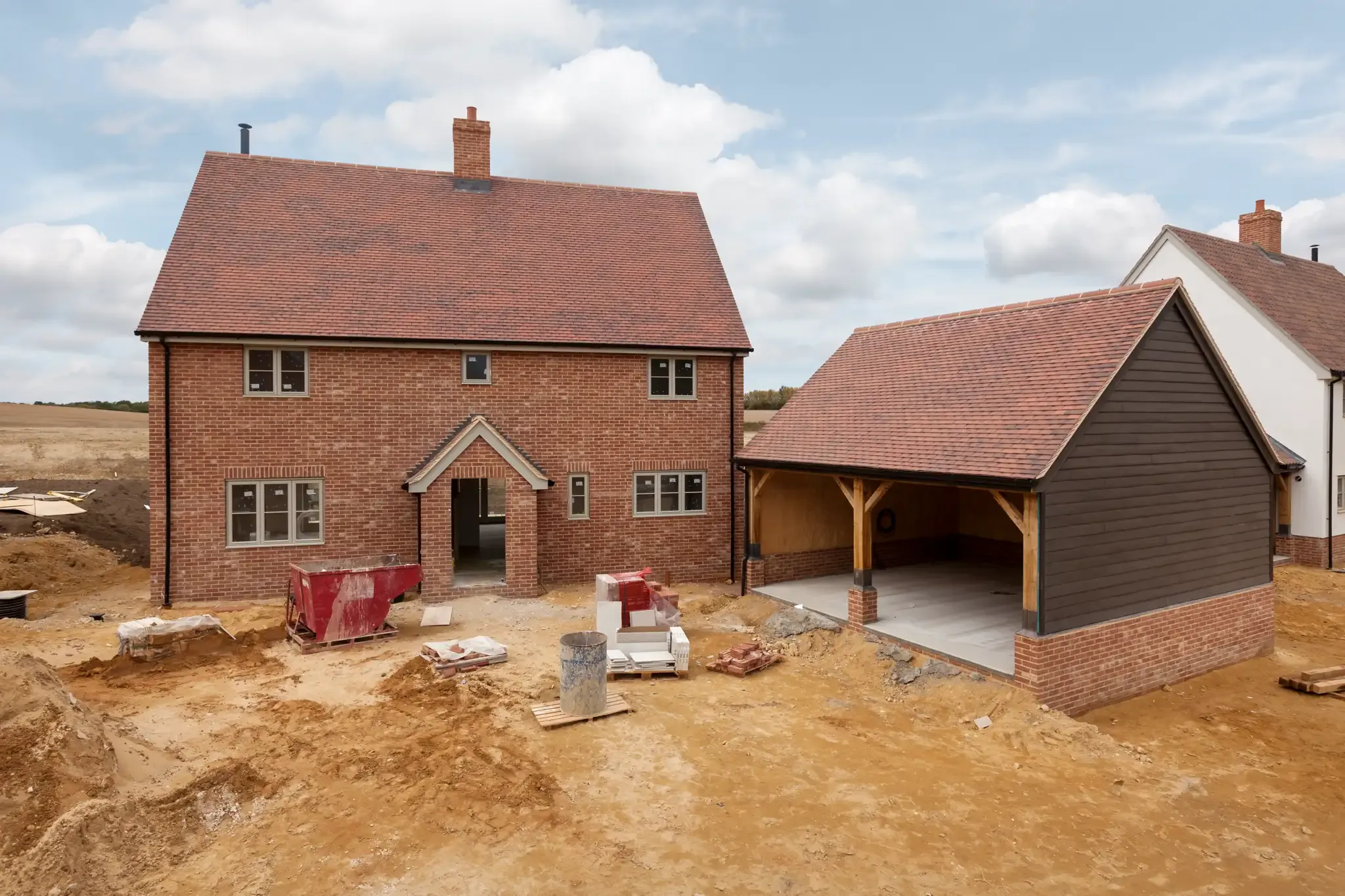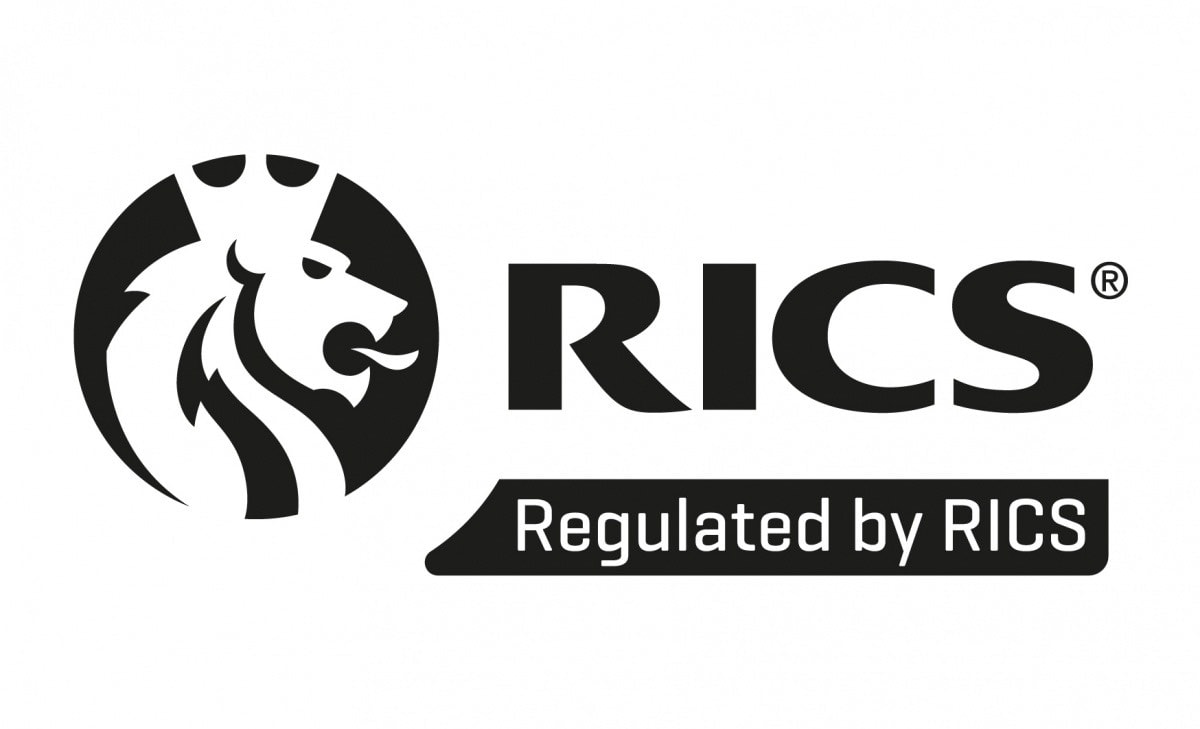New-Build Home Professional Snagging Surveys
At Home Snagging UK, we specialise in comprehensive home snagging surveys for new-build properties across the UK. Our professional snagging services identify defects and issues that may be overlooked. Ensuring your new home meets the highest standards.
It’s Easy to Get Started with Your Snagging Survey
Booking a survey with a home snagging professional has never been simpler. In just a few steps, you can ensure your new-build home is inspected by experts.
Book Online
or Call Us
Use our quick house snagging online booking form or speak directly to our friendly team. We’ll confirm your appointment at a time that suits you.
We Carry Out the
Snagging Survey
Our qualified snagging inspectors will visit your property and conduct a full snagging list inspection. Using the latest tools and tech, including thermal imaging and drone roof checks. We will identify any snagging issues.
Receive Your Report
Within 24 Hours
You’ll get a comprehensive, easy-to-understand complete snagging report. This will include photos and details of every issue found, ready to share with your house builder.
Peace of Mind
Guaranteed
Use our report to get defects fixed fast and move in with confidence. Knowing your new home is free of cosmetic issues and meets home quality board building regulations.
Our Comprehensive Snagging Services
At Home Snagging UK, we offer a full range of professional snagging services. All designed to catch defects before they become costly problems. Whether you’re buying a new-build home or checking recent work, we’ve got you covered.

Pre-completion Home Snagging Inspections
We specialise in carrying out pre-completion snagging inspections 15 days before legal completion. Giving you peace of mind that your new-build home meets the expected building regulations and standards. Our core snagging survey service for new-build properties helps to identify poor workmanship, unfinished tasks, and structural concerns. Perfect for buyers who want peace of mind before moving in.

Post-completion Home Snagging Inspections
We specialise in carrying out post-completion snagging inspections even if you have taken ownership of your property. Giving you peace of mind that your new-build home meets the expected building regulations and standards. Our core snagging survey service for new-build properties helps to identify poor workmanship, unfinished tasks, and structural concerns. Perfect for buyers who want peace of mind after moving in.

De-snag home inspections (12 months after completion)
We offer De-Snag Inspections as a follow-up snagging survey. All designed to check that previously reported defects have been properly rectified by your developer. This inspection is typically carried out within 12 months of your original snagging survey.

Extension & Refurbishment Inspections
Has recent work been done? We’ll assess your extension, renovation, or refurbishment. Helping to ensure it meets building standards and is free from hidden issues. A must-have for protecting your investment.

FREE Snag Checklist
Fill in the form below to claim your free PDF checklist.

FREE With Our Post-Completion Surveys
Drone Inspections
Access hard-to-reach areas like roofs, chimneys, and upper storeys with our FREE drone roof inspections. Our licensed pilots use advanced drone tech to safely inspect places ladders can’t reach. All included at no extra cost with our comprehensive packages.
Thermal Imaging Inspections
Included free with all full snagging surveys. Our thermal inspections detect heat loss, cold bridging, and insulation defects invisible to the naked eye. It’s a game-changer for identifying energy inefficiencies and hidden faults.

Why Choose Home Snagging UK’s Professional Snagging Services?
There are several things to consider when buying a new build property. Depending on the size of the property you can often find common snags which go undetected. Hiring a professional snagging company can help with a number of these issues, including:
- Advanced Technology: Utilising thermal imaging and drone inspections. We detect hidden issues that other less comprehensive reports may miss.
- Detailed Reports: Upon completing our thorough inspection, you will receive a comprehensive snagging report within 24 hours. This comes complete with photographic evidence and actionable insights
- Qualified Inspectors: Our team is RPSA-accredited, fully insured, and committed to excellence. When you hire Home Snagging UK you get the job done right!
Frequently Asked Questions
Buying a new-build home is an exciting milestone, but it’s important to ensure everything is finished to the standard you deserve. Our FAQs are here to help you understand what a snagging survey involves, why it’s essential, and how our professional service supports you in identifying and resolving issues with your property. Whether you're just moving in or still within your warranty period, we've got you covered.
Claire
Nov 30, 2025
Amazing service. I really wish I’d hired this company on exchange of contract. I’ve lived in my house since April 2024 and therefore project managed my house since April 2024 with a magnitude of issues quite frankly it’s been a nightmare. I’ve had scaffolding erected 3 times because the roof...
Hydraman5
Dec 11, 2025
Fantastic service from Keith and Julie. They were able to squeeze me in at short notice and still provided the report the same day—just in time for my developer’s cut-off date. Keith arrived right on time at 8am, was incredibly knowledgeable, and identified around 70 snags I never would have...
Greg Cave
Dec 12, 2025
Julie responded almost immediately to my initial enquiry and offered to visit our house within a week of that time. She produced a thorough and easy to understand report which arrived with me the day after her visit. The majority of the snags Julie identified were issues we probably would...
Keith Cordice
Dec 4, 2025
Home Snagging – Simply the Best IMHO Julie was a star—super quick to reply and her service was spot-on. I had the full report in my hands by close of play the same day. Now that’s what I call service! Then came Keith, our professional snagger. Honestly, the moment he introduced himself...
Bipin Raj
Dec 11, 2025
Great value and efficient service by Home Snagging UK. I compared a lot of prices and found theirs to be the most valuable. I received the report on the same day. Surveyor Keith did an amazing job looking at every nook and cranny for snags and has highlighted them well....

Book Your Snagging Survey Today
Don't leave the quality of your new home to chance. Schedule a professional snagging survey with Home Snagging UK and move in with confidence.
Whether you need a Pre-Completion Inspection. A Post-Completion Snagging Survey. A De-Snag Inspection, or a Refurbishment and Extension Snagging Check, HomeSnagging UK is ready to help. Protect your investment. Move in with confidence.
RPSA-Accredited Snagging Professionals You Can Trust
At Home Snagging UK, we are proud to be RPSA-accredited, fully insured, and committed to excellence. Our team of expert inspectors delivers detailed and reliable snagging surveys for new-build homes across the UK.
We specialise in creating thorough professional snagging lists, helping homeowners identify and report defects before moving in. Whether you’re buying a house or flat, our snagging services ensure your new home meets the quality and standards you paid for.





